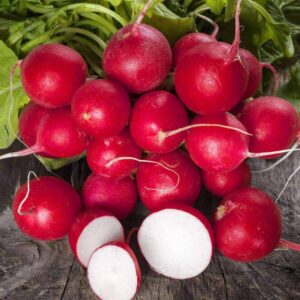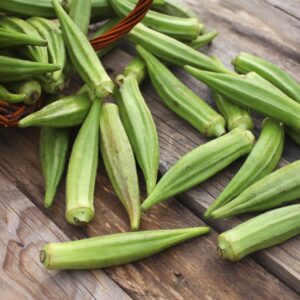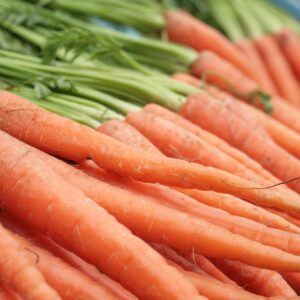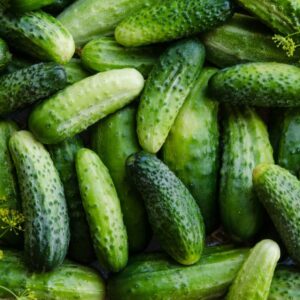150+ Giant Nobel Spinach Seeds
46 days to mature. An heirloom spinach with giant leaves that can spread up to 25 inches. Slow to bolt, excellent for canning. Smooth, large, dark green leaves are an old time favorite.
Giant Noble spinach is a long-standing spinach variety that is a little sweeter than regular spinach, and offers an extended harvest window. It grows up to 20″ tall in about 45 days and is quite bolt-resistant. The leaves are smooth and suitable for fresh eating, freezing, or canning.
Spinach originated in ancient Persia, and reached the Mediterranean region by the 9th century. By the Middle Ages, spinach was known in England both for its medicinal properties and for salad greens. Catherine de Medici, the beautiful queen from Florence, loved this vegetable and required it to be served at every meal; ever since, dishes served with spinach have been known as “Florentine.” Thomas Jefferson helped introduce spinach to the United States by growing several varieties in his experimental gardens at Monticello. Giant Noble spinach won the prestigious AAS Award in 1933.
Sowing: Because spinach loves cool weather and can survive sub-zero temperatures when protected sufficiently, it should be planted as soon as the ground can be worked in spring, or after the heat of summer for a fall crop. Gardeners in regions with warmer winters will be able to grow spinach all winter long. Sow the seeds in deeply worked soil 1/2″ deep and 2″ apart in rows 12-18″ apart, later thinning the seedlings to 4-8″ apart. For a continuous crop, plant more seed every 10 days until the summer heat begins; spinach seeds go dormant above temperatures of 80-85 degrees F. Spinach loves shade, and can be planted underneath tall plants such as corn or pole beans.
Growing: Because pulling weeds can disturb the roots of spinach, apply a layer of mulch. Keep the soil moist but not too wet, since an imbalance in the water supply can cause bolting. If the temperature rises above 80 degrees F, provide some sort of shade.
Harvesting: Begin harvesting the spinach leaves as soon as they grow big enough for eating. If only individual leaves are being harvested, take the larger ones on the outside of the plant. Otherwise, harvest the entire plant by cutting it off at ground level; new leaves will grow. If the plant bolts and sends up a flower stalk, the leaves will be much stronger in flavor but can still be used.





